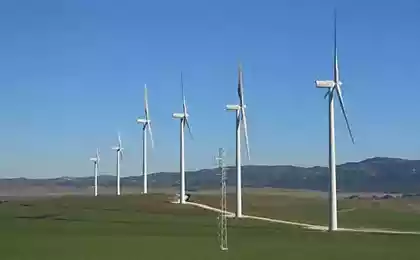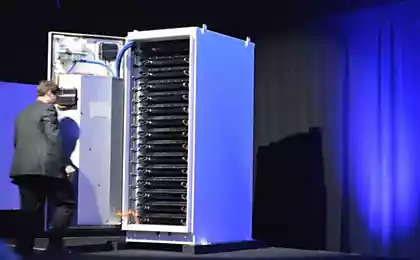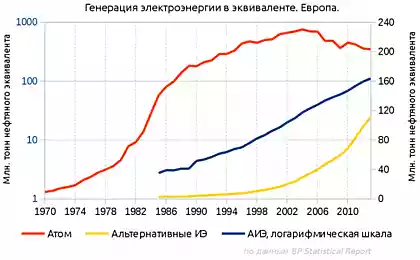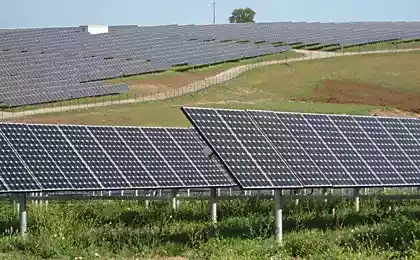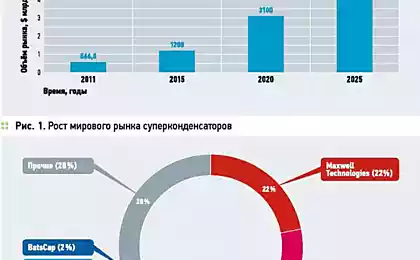256
Wind power accounted for 4.8% of U.S. electricity generation in January
Slowly but surely, wind power is gaining ground in the U.S. energy market.
A few years ago, experts said, “Wind energy accounts for only 1% of the total U.S. energy capacity, and has little impact on the overall picture.” Since then, wind power has fallen in price – since 2009, the cost of wind turbines has fallen by about one-third, and huge investments have boosted wind power generation in the country by almost five times!
A few more doublings of capacity and we’re already talking about a serious part of the United States energy pie, which, combined with solar power, which is also growing at leaps and bounds, is really changing the landscape in the energy market.
In January 2014, wind generated 4.8% of America’s electricity.
This figure beats the previous January record, which was set in 2013, and which, in turn, broke the record of 2012, and so on.
If you compare any period to the previous period—seasonally adjusted, as wind strength is slightly lower than other seasons during the summer—you’ll see wind consistently hitting record after record, which is a good sign.
The interesting fact is that most of this growth occurred at a time when wind power was still more expensive than coal and natural gas without subsidies, but we are approaching a point where wind power will become cheaper than conventional fuel.
Onshore wind power now costs about $84 per megawatt hour — the same as the energy produced by gas-fired power plants. In some wind-rich regions of the world, wind power can already be cheaper than coal or gas.
Below you can see the map of mainland wind installations in the US for 2012. To date, there are certainly more, but they all tend to cluster in windy areas.
And yet the United States is still not a leader in wind power. This graph below shows that Denmark, Portugal and Spain are the world leaders in wind power generation, at least as a percentage of their electricity consumption:
Source: aenergy.ru
